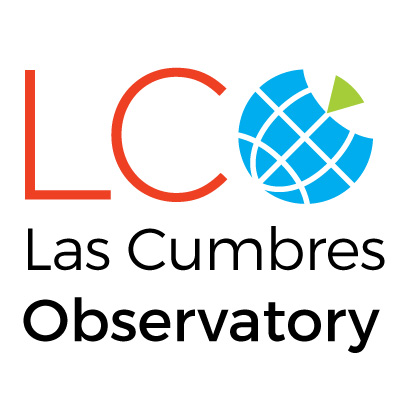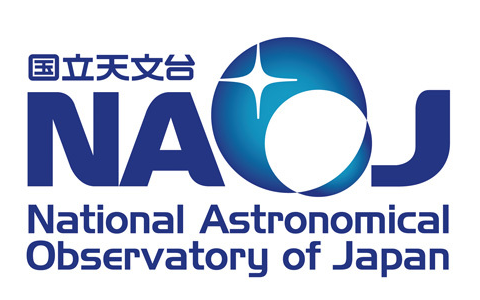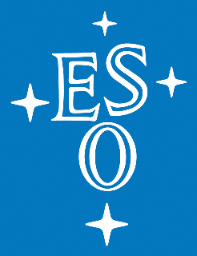Did you know that VERA’s eyesight is over 100 thousand times more powerful than the human eye?

The story of how black holes, especially young ones, grow so fast and become so massive, has been puzzling astronomers for a long time. Enter VERA! – the state-of-the-art Japanese network of radio telescopes operated by NAOJ that recently gifted astronomers with a significant clue to the puzzle.
Studies show that at the heart of almost all active galaxies lie a supermassive black hole. These black holes are really massive, almost a million and sometimes a billion times the mass of our Sun. Scientists think that, sometimes, young black holes can even grow up to become powerful quasars. But it is not exactly clear how they grow up.
To understand this, an international team of astronomers began to study a special category of active galaxies known as Narrow-line Seyfert 1 (NLS1) galaxies. These galaxies are thought to contain few rapidly growing black holes and are perfect to study the early years of these “cosmic monsters”. The team observed the heart of six NLS1 galaxies using the highly powerful and sensitive VERA telescope. They detected a faint polarised radio wave coming from the galactic cores.
With the wealth of data from this detection, astronomers also found important measurements indicating the presence of large amounts of gas around the galactic cores. The cosmic monsters must have been munching on these gases making them grow faster and more powerful.
Image: Jets ejected from a rapidly growing supermassive black hole with surrounding outflows. Credits: NAOJ


















